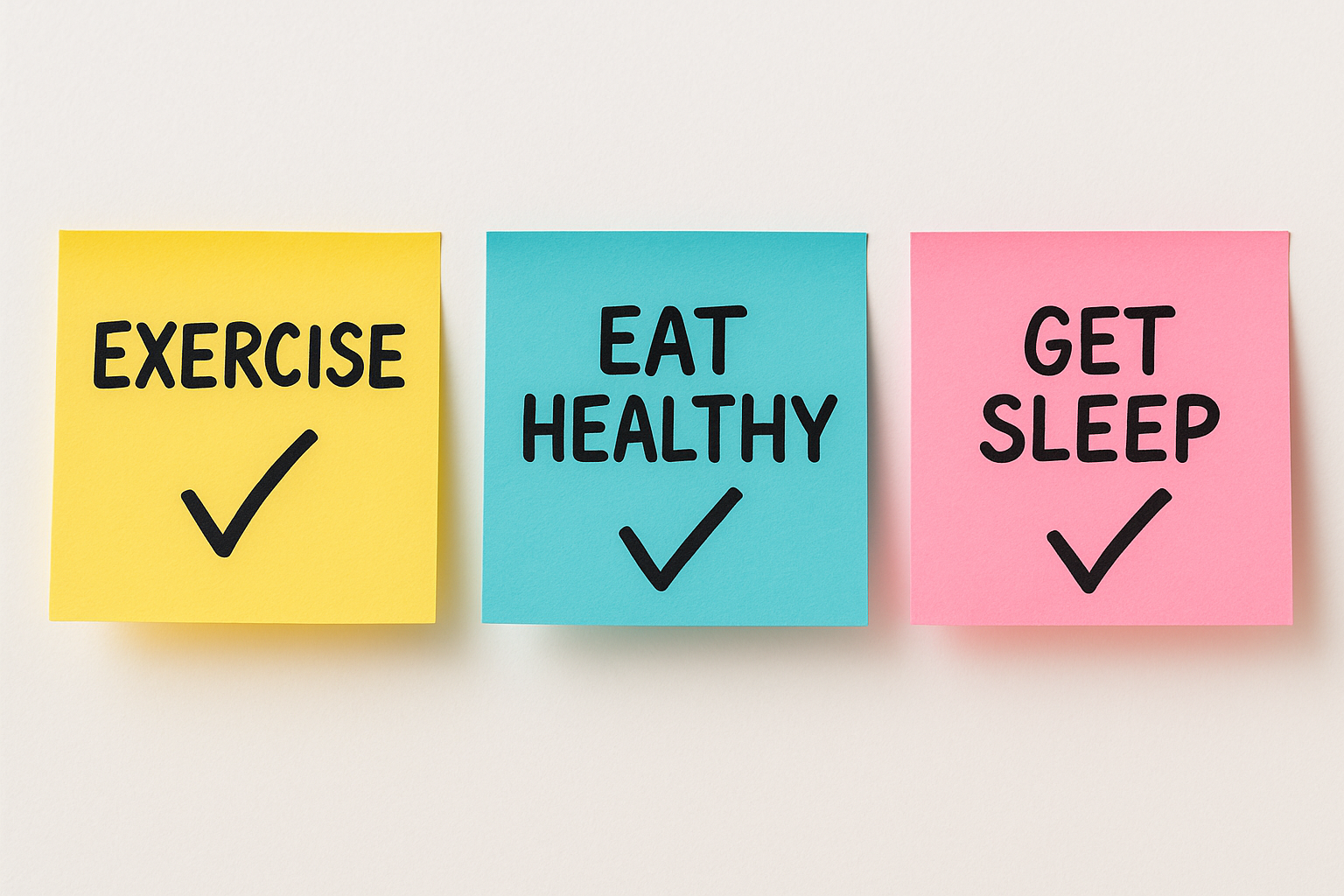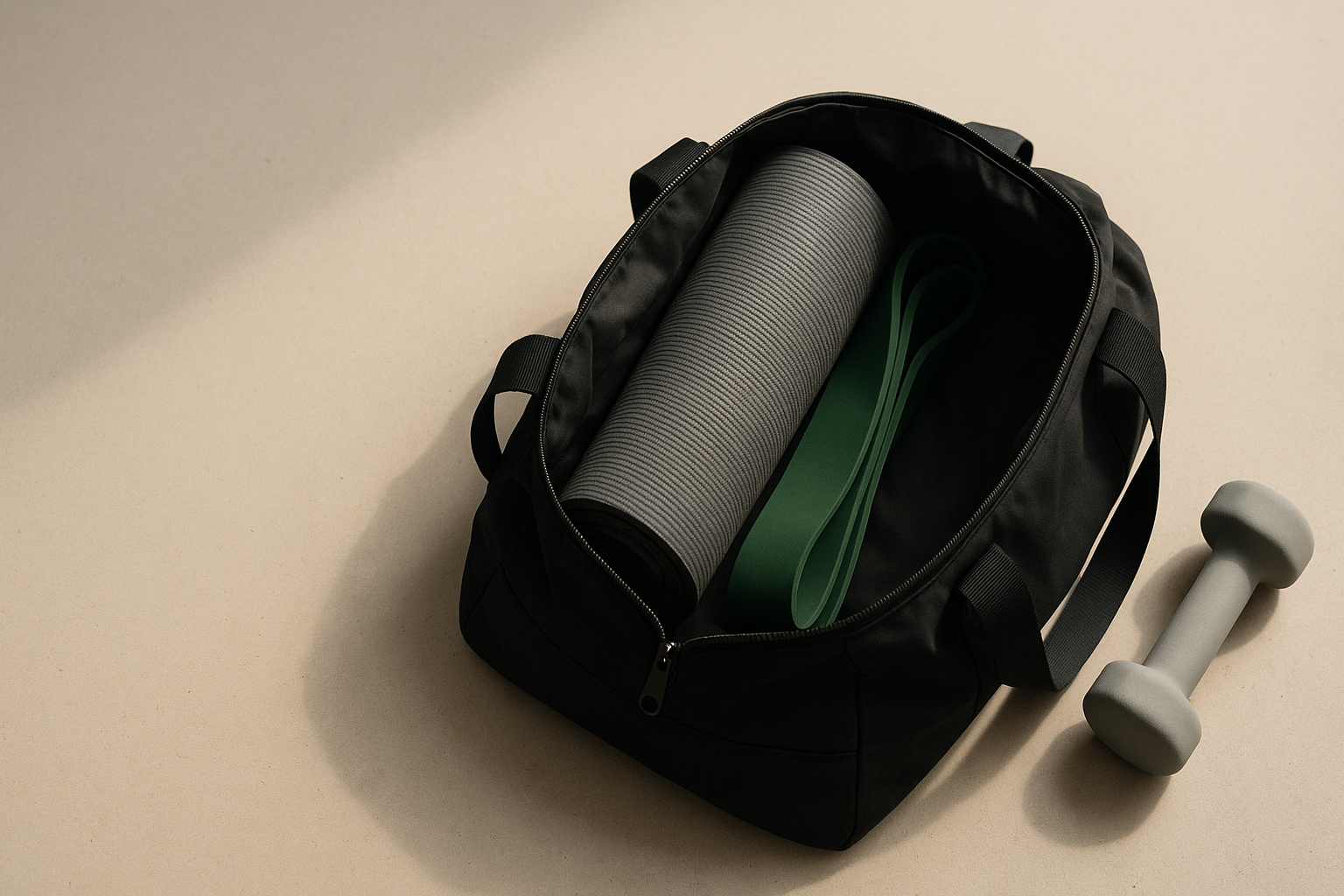Identity Wins: Cast Daily Votes for Who You’re Becoming
Habits stick when they feel like **you**. Instead of “I have to work out,” try “I’m the kind of person who moves daily.” Then cast tiny votes for that identity, one action at a time.
Why identity helps behavior
· Habits form through consistent repetition in a stable context. Real‑world studies find a typical median of ~66 days to near‑automaticity, with wide individual ranges.¹
· Implementation intentions (“If X, then I will Y”) significantly increase goal attainment across many domains.²³
· Self‑monitoring (simple tracking) and feedback support adherence in behavior‑change programs.⁴⁵⁶

Build it in 3 steps
1) Write a one‑line identity to aim at: “I move every day,” “I eat protein with each meal,” or “I finish what I start.”
2) Choose 2–3 tiny votes you can win most days (10‑minute walk, 20‑minute lift, protein‑anchored breakfast).
3) Add if‑then plans to shield your votes: “If it’s raining at 6pm, then I do 15 minutes of mobility at home.”

Keep score (lightly)
Use a pocket grid or phone habit app to check off daily votes. Missing happens; the goal is **more votes for** who you’re becoming than against.
Expect variability
Automaticity grows non‑linearly—big early gains, plateaus later. That’s normal. Stay curious, not judgmental, and keep casting votes.
---
References
1) Longitudinal field study: median ~66 days to reach near‑automatic habit, with large variability.
2) Meta‑analysis: implementation intentions produce medium‑to‑large improvements in goal attainment.
3) Updates on implementation intentions and MCII (mental contrasting + if‑then) as robust behavior‑change tools.
4) Reviews on digital self‑monitoring linking adherence to better weight and activity outcomes.
5) Systematic reviews/meta‑analyses of digital behavior change interventions showing small‑to‑moderate effects.
6) Evidence that regular self‑weighing/self‑monitoring supports weight control when paired with other strategies.


















